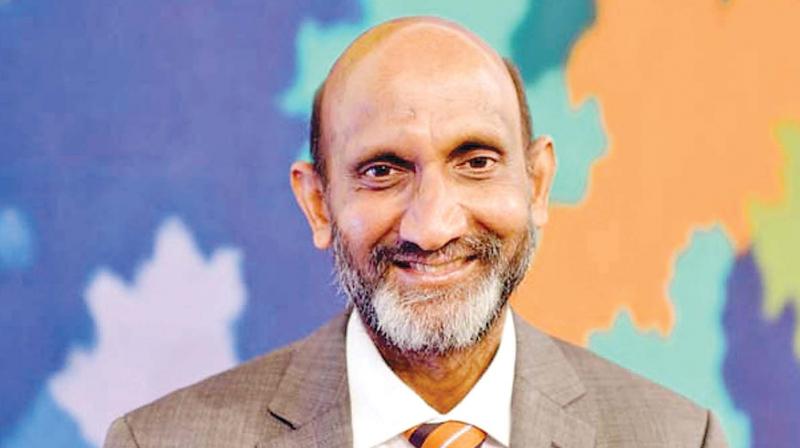Nanotechnology can open new possibilities: Expert

Chennai: Soon every window can be a source of solar energy where the light weight solar cells can be hung along with the window curtains provided the research in nanotechnology proceeds to the next level.
They also can even replace solar rooftops, which consume more space. “If we started to make printable solar cells then we don’t need solar rooftops. The nanotechnology-enabled printable solar cells will allow some light to come in and some light to be observed,” Professor Chennupati Jagadish from the department of Electronic Materials Engineering in Australian National University, Canberra told reporters here on Monday.
The Australian-Indian scientist is on a tour to India to explore opportunities for possible collaborations with Indian institutions. “Research can take up to 10 years. You don't want to commercialise till you are sure it got the long-term stability,” he said.
“We always think of the storage as solar cells going to work only in the day time. Companies like Telsa motors developed battery technology to electric cars. Now, they are thinking about using this for solar storage,” he said.
When asked about the research in the current technology he said, “There are already efficient solar cells with 20 per cent efficiency and light weight ones. But they are not as stable as we would like them to be. But the stable materials have 10 per cent efficiency only. Industry wants 20 per cent efficient to make it commercially viable.”
He also further said that under the Australian Indian Strategic Research fund nanotechnology and material science was identified as one of the key areas for research.
“Nanotechnology is expected to have a huge impact on all industries including electronics, computing, communications and medical sciences, defence. It was predicted that by 2020 it would be 2 trillion dollar worth of economic activity based on nanotech products,” he added.
On other areas of research, he said, “We are making some of the smallest lasers in the world. The smaller the lasers the faster they can operate and consume less energy. It will be helpful in medical applications like detecting can-
cer.”
The scientists are also studying whether nanotechnology can be used to engineer the neurons into the networks in a particular way, so it will be useful in medical applications.

